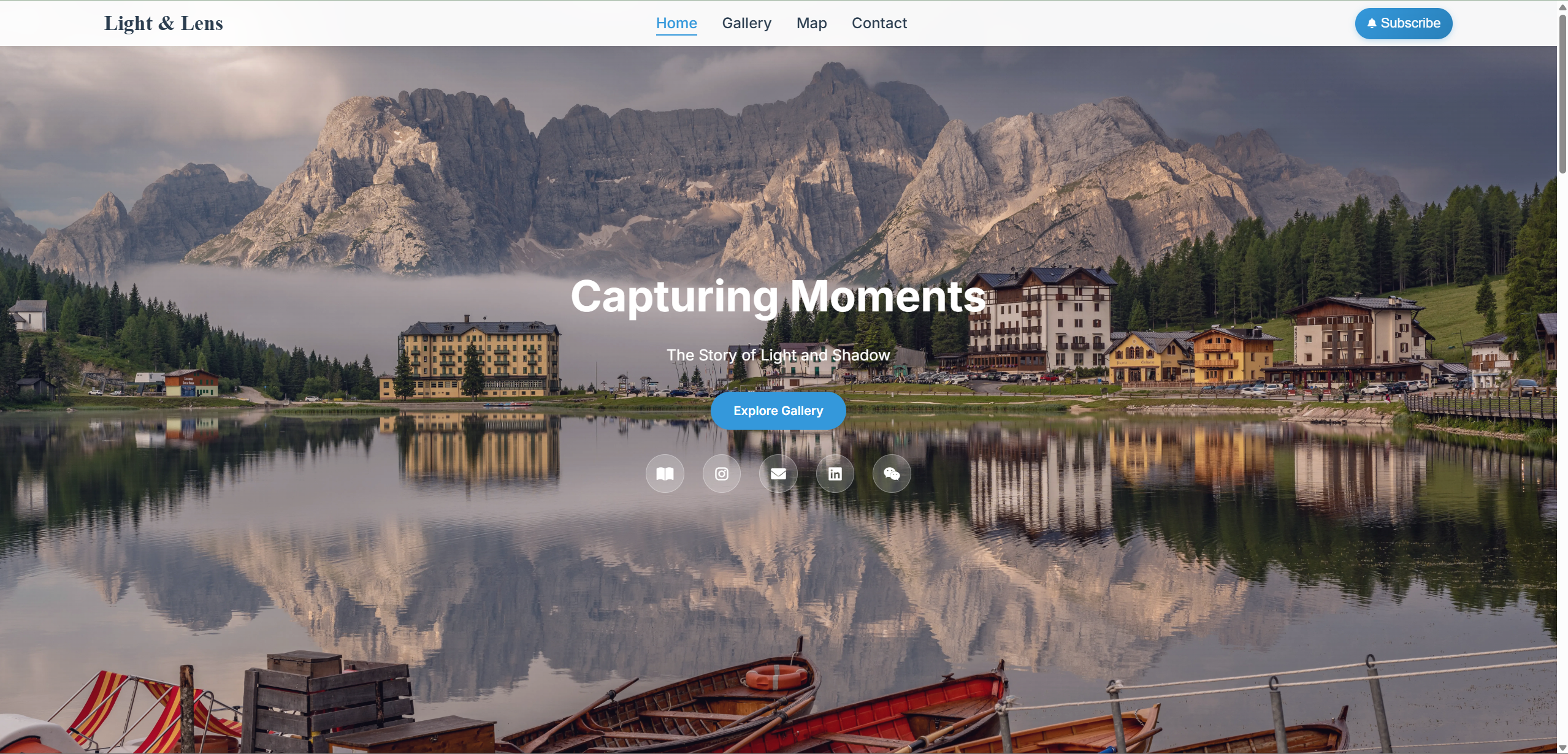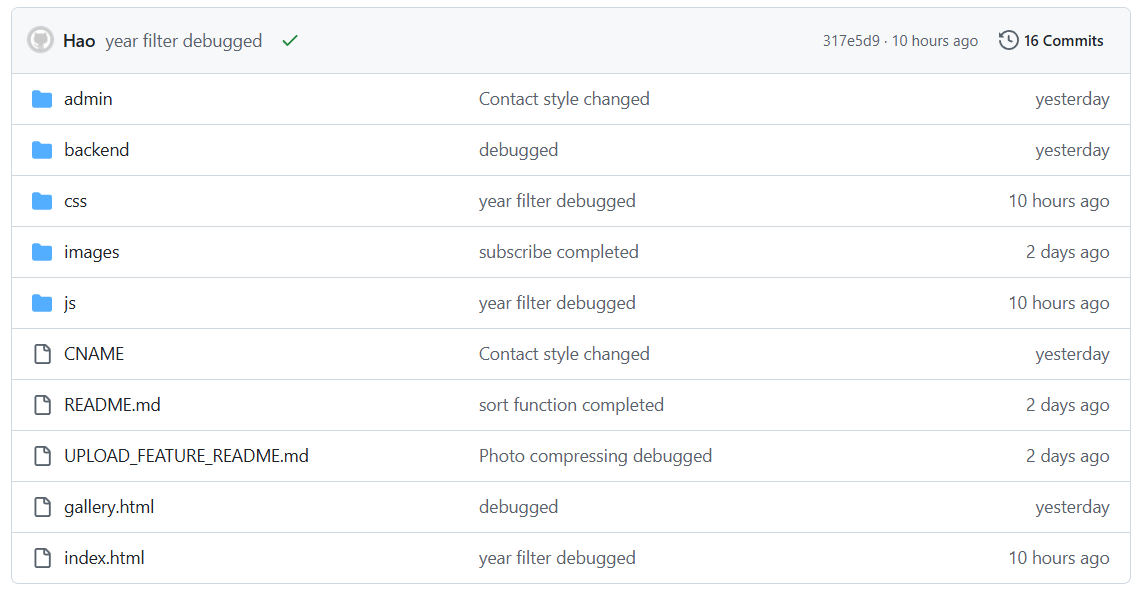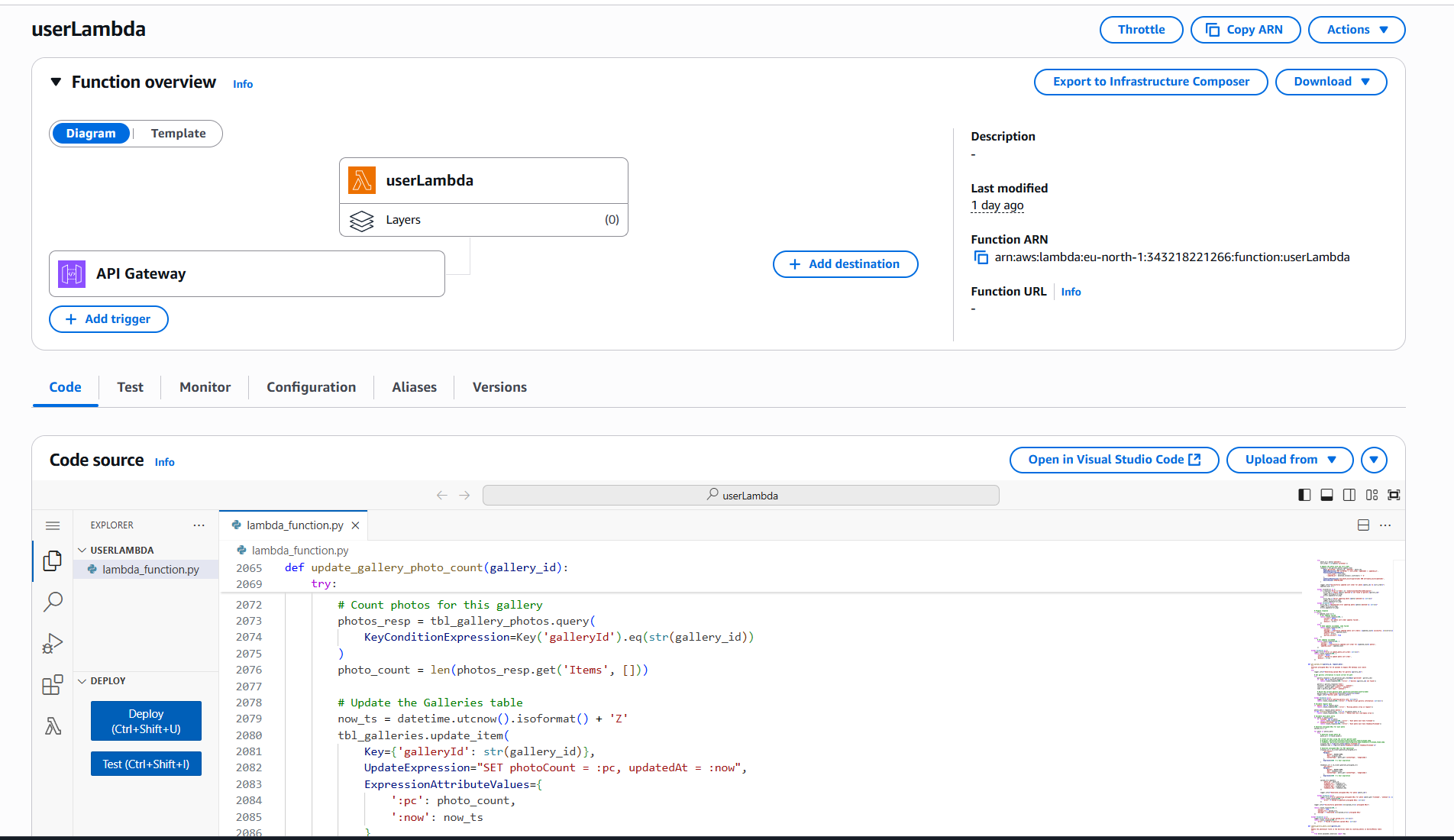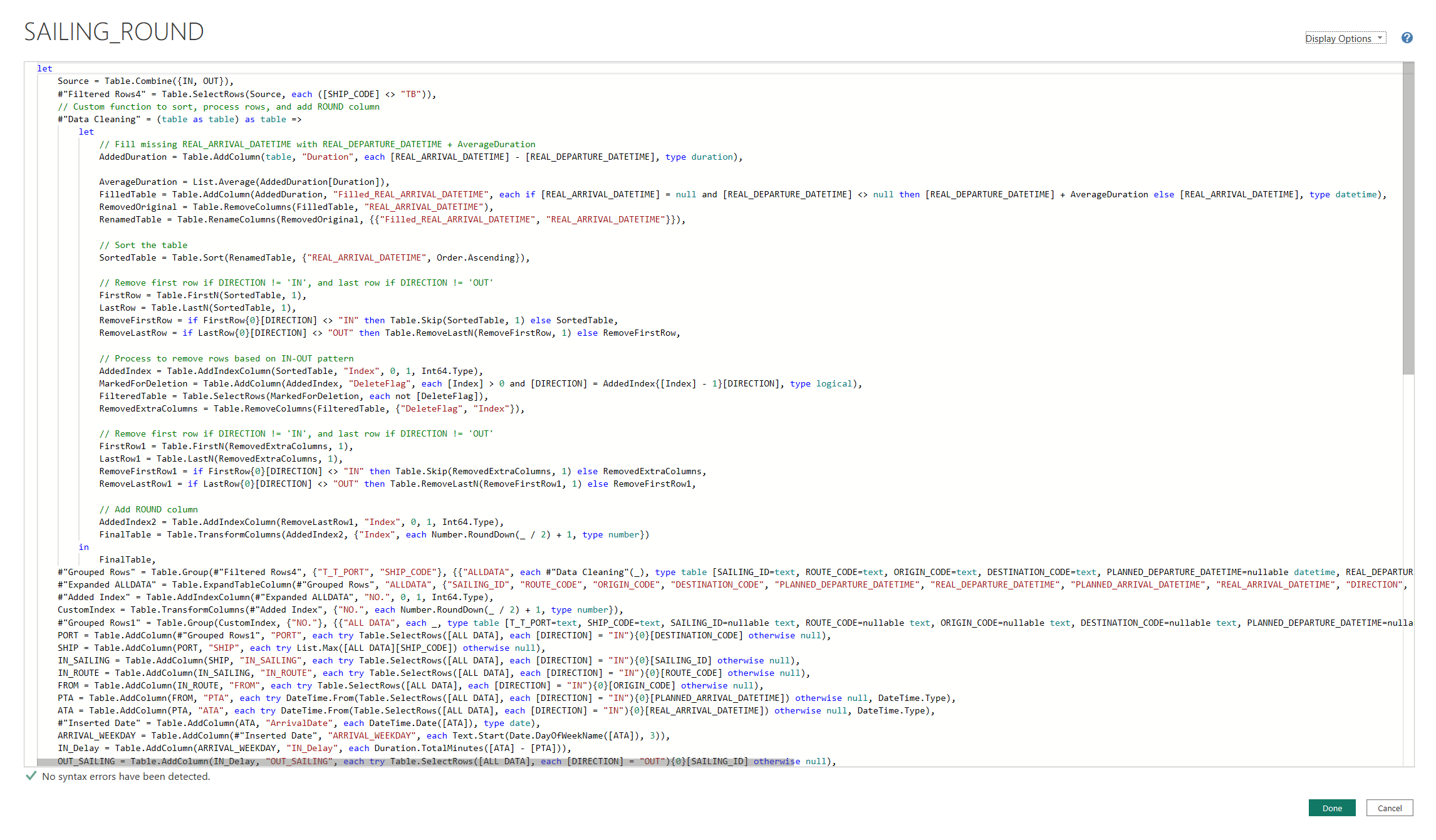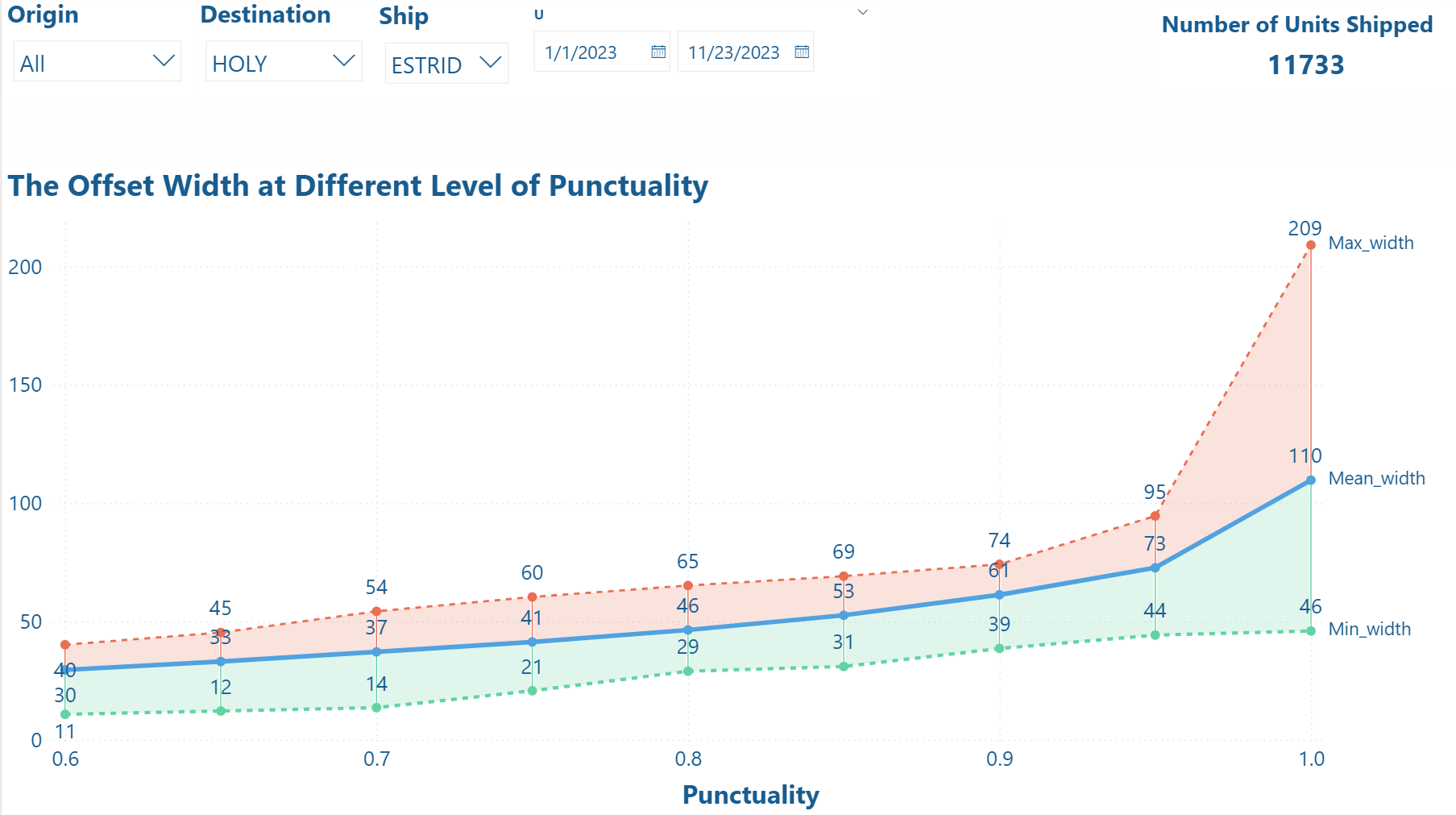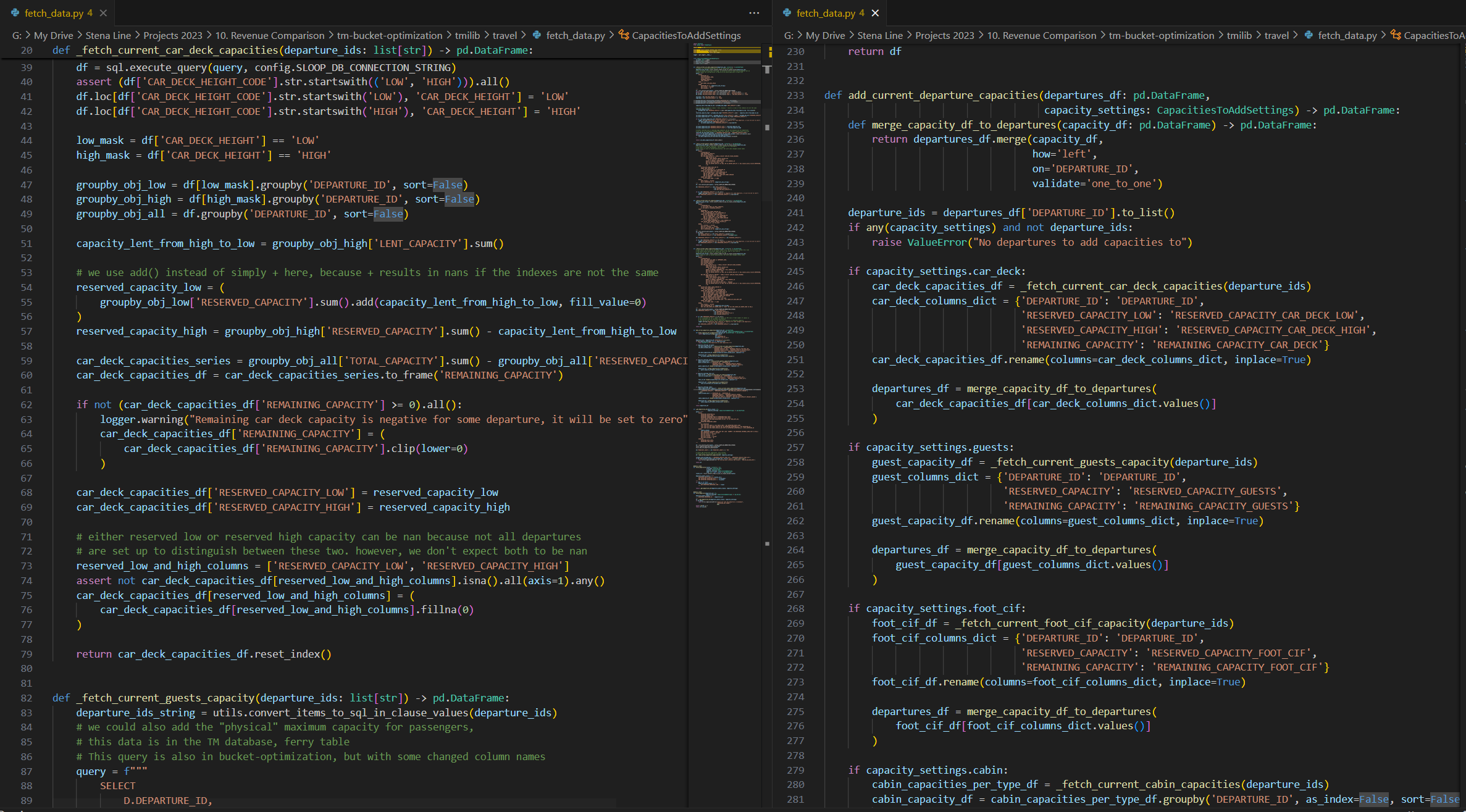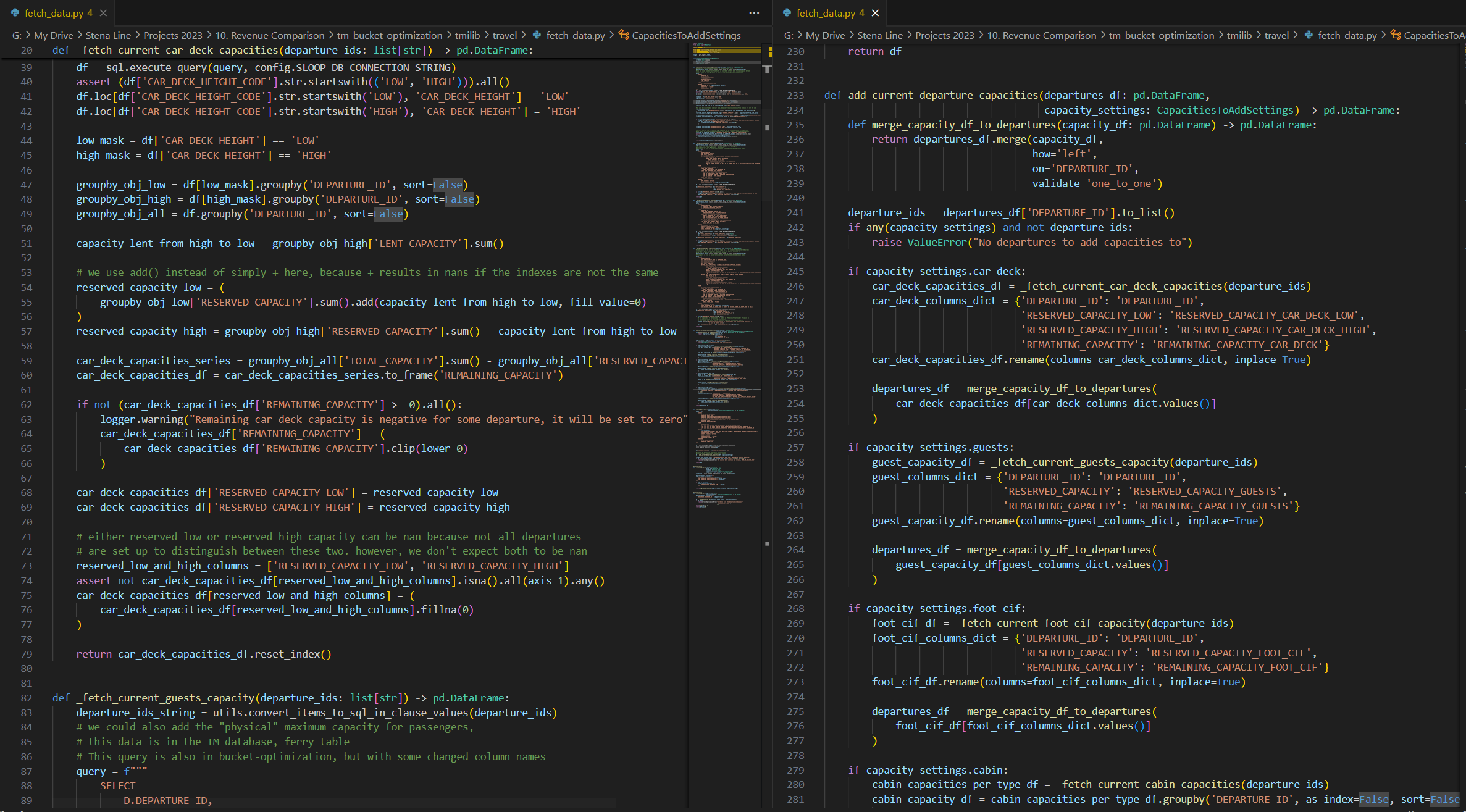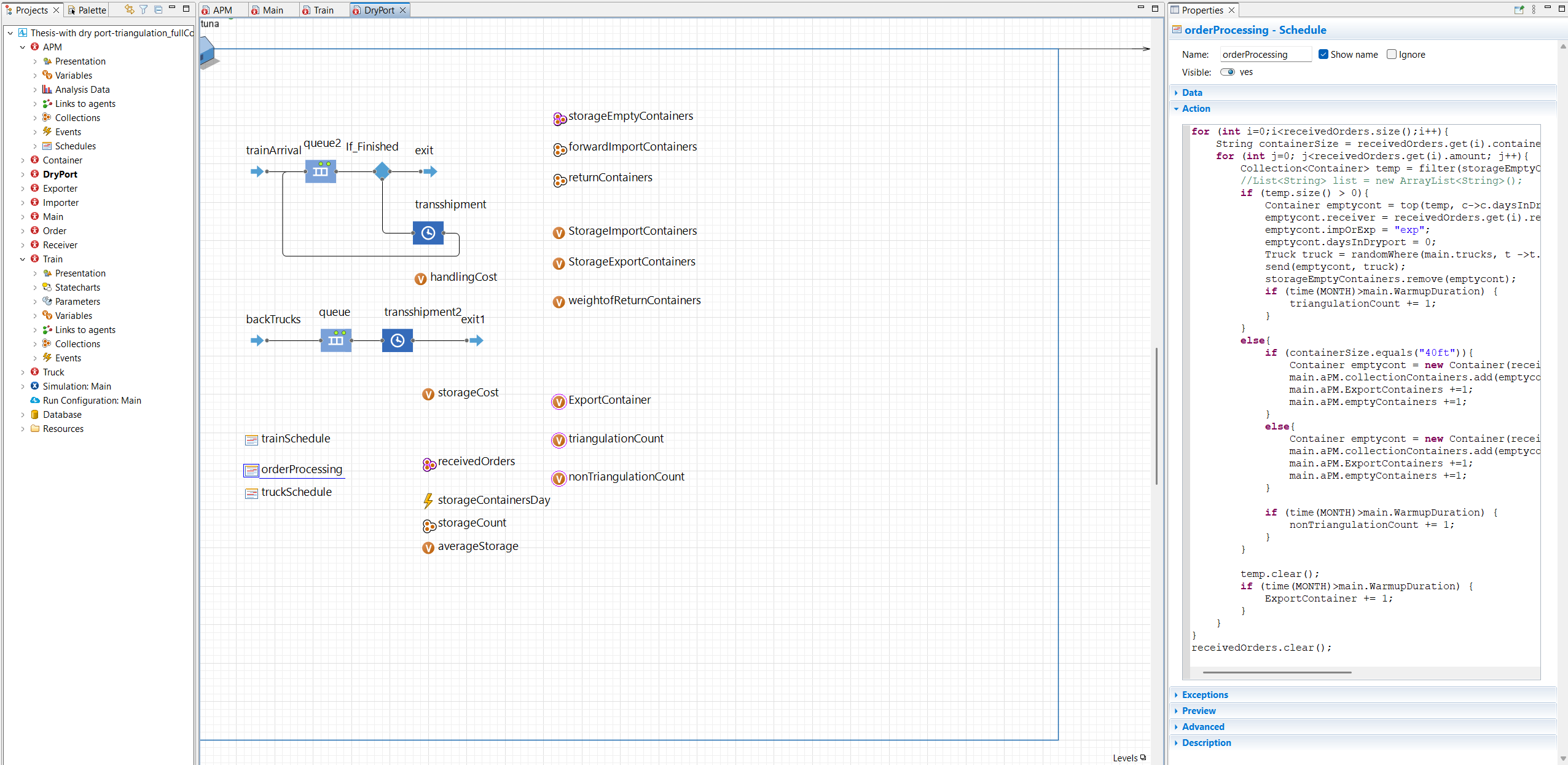Full-Stack Serverless Photography Portfolio Website
As one of my passions, I have always wanted to create a personal website for photography, and now, it is completed. This website is more than just a static gallery — it's an interactive, cloud-powered platform showcasing my photos while demonstrating my end-to-end full-stack development skills.
- 🎨 Frontend
I designed and implemented a fully responsive, modern web application using HTML5 | CSS3 | JavaScript ES6+, featuring:
1. Interactive Photo Gallery with smooth animations, lazy loading, and intuitive navigation
2. 360° Spherical Panoramic View using Pannellum.js for immersive experiences
3. Photo Rating System with 5-star ratings and cloud synchronization
4. Leaflet.js Map Integration displaying geographic footprints with year-based filtering
5. Smart Image Processing with automatic WebP conversion and thumbnail generation
6. User Engagement Tools including email subscription and social media integration
- ⚙️ Backend (Serverless on AWS)
Built a highly scalable, cost-efficient serverless
architecture on AWS:
1. Amazon API Gateway — RESTful API endpoints with CORS configuration and request
validation
2. AWS Lambda (Python) — Business logic including: Gallery and photo management with CRUD
operations; Advanced image processing using Pillow library; Direct S3 upload using presigned URLs
(bypassing 10MB API Gateway limit); Photo rating system with device-based user identification, etc
3. Amazon S3 — Optimized photo storage with WebP format and intelligent tiering
4. Amazon DynamoDB —
Three-table NoSQL architecture for galleries, photos, and ratings
5. AWS Lambda Layers — Pre-built layers
for Pillow and requests libraries
6. Performance Optimization: WebP format conversion (95% quality originals,
40% thumbnails); Parallel photo processing and uploads; Automatic thumbnail generation with smart dimensions;
Metadata synchronization between S3 and DynamoDB
Full-Stack Web Development
End-to-End Development
AWS Cloud (API Gateway, Lambda, S3, DynamoDB, SES)
UI/UX Design
Serverless Architecture
Python




